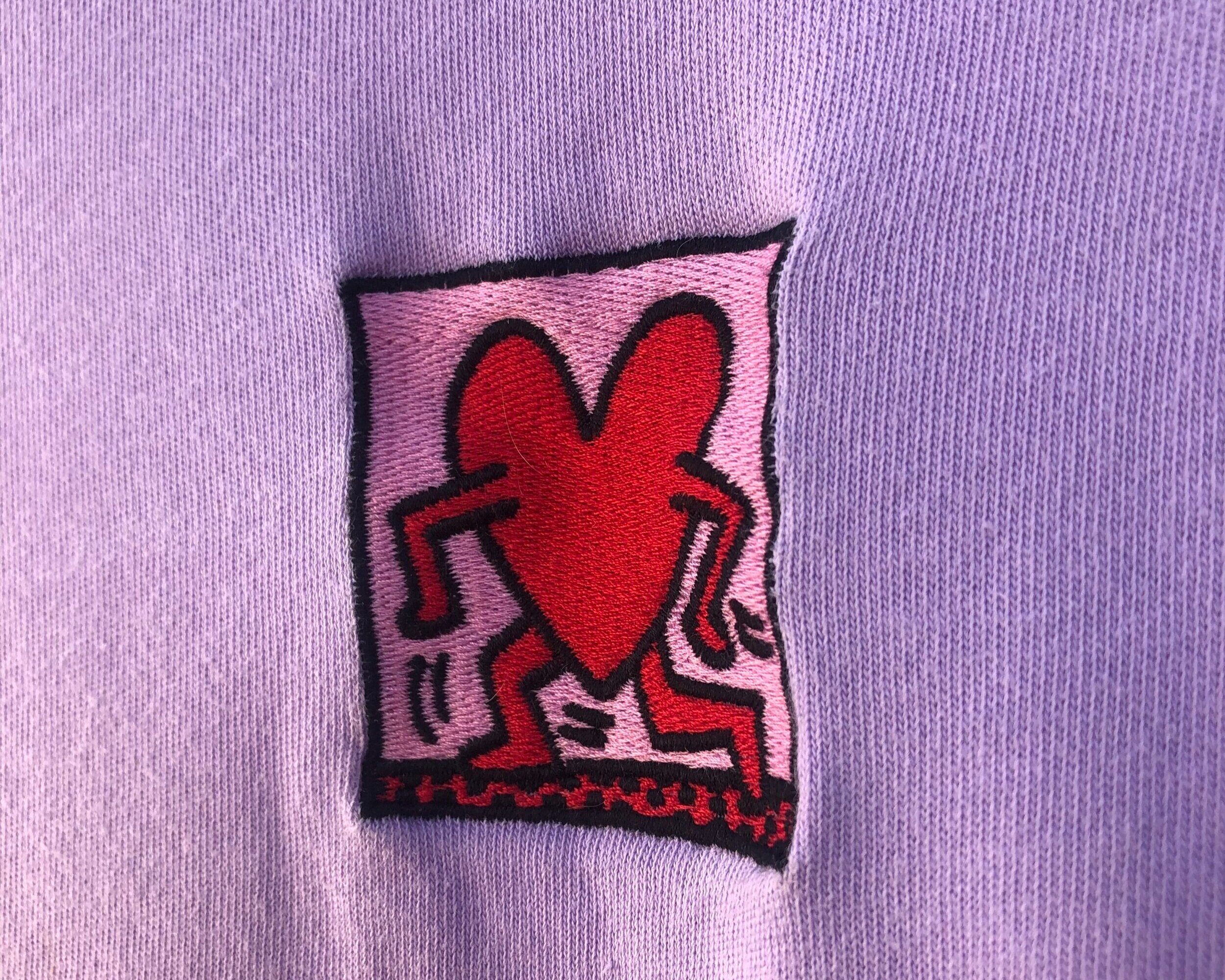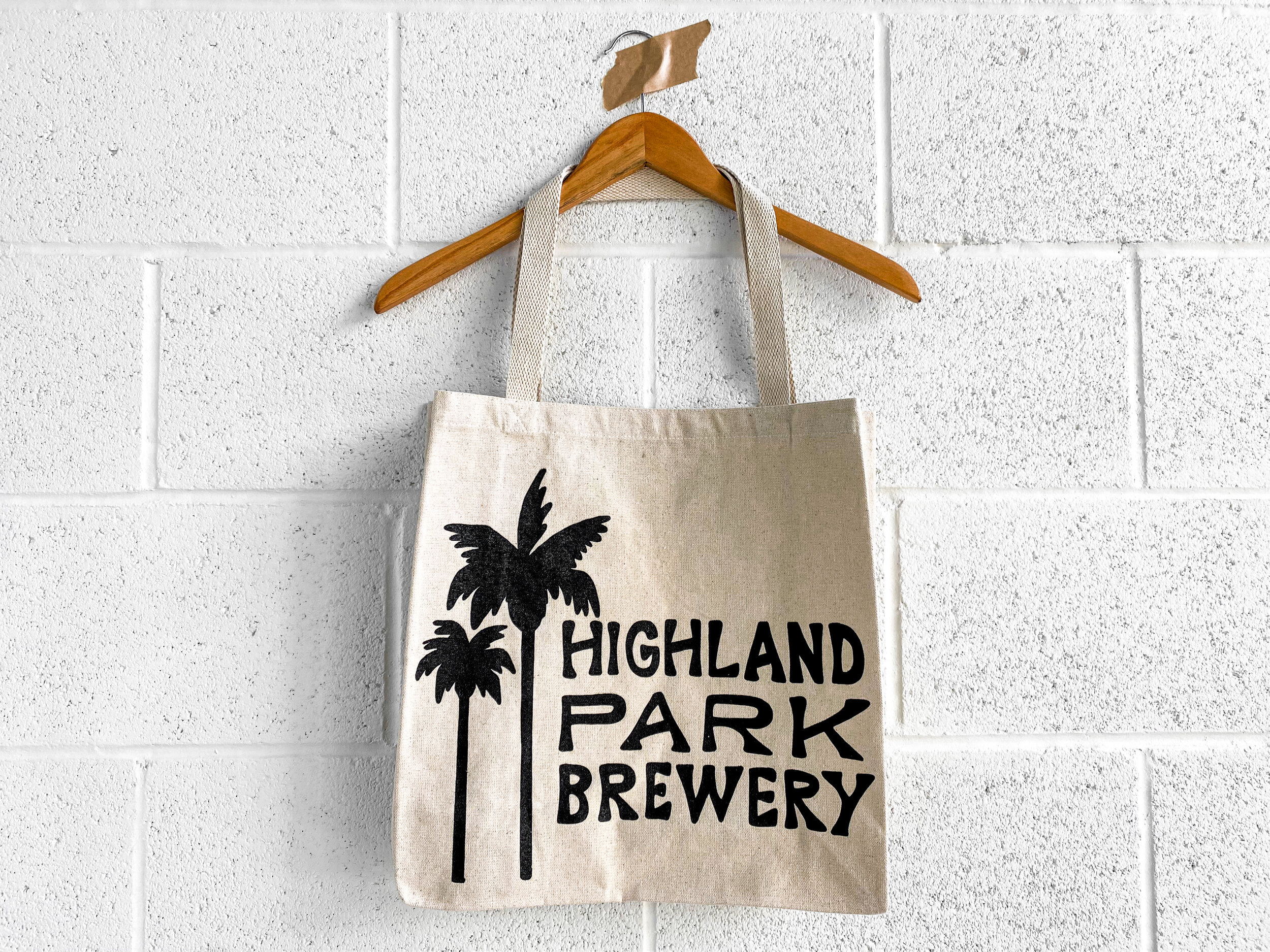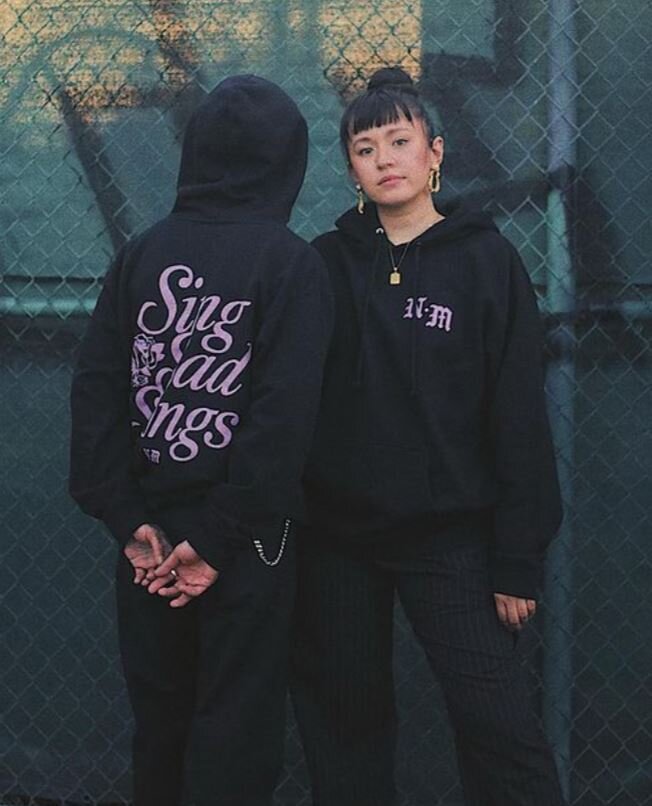Embroidering a logo or a design on a t-shirt or polo-style shirt automatically elevates your brand above common apparel. Embroidered logos are most often done on polo-style shirts for big company corporations or on hats with your favorite sports team name or mascot. We’ve seen a popularity increase in this trend among streetwear and modern fast fashion clothing brands. In this article, we will take you through some tips and tricks when designing a logo or a graphic for embroidery.
Design
Lines:
The thickness or weight of the lines on the logo or the graphic should be thick, as stitching creates a thicker line than ink does. Designs that may look great on paper can be hard-to-read on fabric. Thread is of a standard thickness, approx. 0.4mm. and tiny strokes for emphasis and small lettering are often not possible in embroidery.
Colors:
Repeated color changes within the design can result in the thread breaking during the embroidery process. When designing, try to avoid changes in the line weight for each color. This is what we strive for when converting a design into a stitch format.
Shading:
Color shading or blending is easier to when screen-printing than with thread, therefore, it is not recommended to have a design with different shades of color that merge. However, color blending is not uncommon as there are a few ways to achieve this. Check out the different ways color blending can be done.
Letter Sizing:
Line weight also applies to letter size, you will want to make sure your front or text is the right thickness, lettering below 5mm rarely embroiders well. By designing something bold, clear, and simple you are guaranteed a nice embroidered shirt. It is also important to keep in mind that the sizing of the font will differ depending on whether it’s written in upper or lowercase lettering. Lowercase lettering is approximately 70% of the height of uppercase lettering. Keep this in mind when ensuring that your lettering is contained in the parameters.
0.25'' is equivalent to approximately 36pt, and the letters will also have the necessary thickness. But this depends on the font. We recommend using simple fonts like Arial, Helvetica, Myriad pro.
Details:
When embroidering on fabric with a pile or heavy texture (eg. Polar fleece, terry toweling, etc.) thin lines can often sink into the fabric pile or texture. When sewing on a cap, detailed outlining is often unsuccessful as the register is often lost in mid-design. See tips to avoid shifting and gaping.
Size
Simple and small is the way to go! A big embroidery piece on a shirt is not only a bad design choice but depending on the material, the embroidery might cause the shirt to look deformed around the design over time. If the design is for a jacket, it may look better big, but it also depends on the placement.
Fabrics
This image shows how embroidery may cause some fabrics to bunch up around the design after a single wash.
Embroidery can be applied to most knit fabrics such as Polo, Lacoste, and Penguin, as well as most outerwear and denim. The fabric you should avoid is cotton, after the first wash cotton will cause the fabric around the embroidered piece to bunch and therefore making the garment unwearable, unless that’s the look you’re going for! Check out embroidery fabrics 101.
Placement
The most common placement on a shirt is the top-left chest area, while for outerwear and denim it is common to see embroidery on the back of a jacket, jeans, or even collars. When designing apparel, placement is very important, therefore, this should be considered when submitting your design to your embroidery shop.
Trends
Patches
Embroidered patches have also become very popular in the year 2020. As they say, history repeats itself, and in this decade we have seen styles from the ’90s make a comeback. Patches of your favorite band or that classic American tattoo style heart design with a ribbon around it with a catchy phrase are all the rage now. Embroidered patches are commonly applied to denim jackets or jeans but are also commonly applied to flat brim hats or sweatshirts.
Shoes
Shoe giants Nike and Adidas both have customization options for a lot of their classic shoes. One of those customization features is embroidered text. Personalized embroidery on shoes is not as common but as we embrace the ‘90s more, they seem to also be making a comeback.
At Family Industries, we try to help our customers by providing design consultations and placement recommendations. Let us know if you need help!
Author: Irene Floridia - Content Creator









































